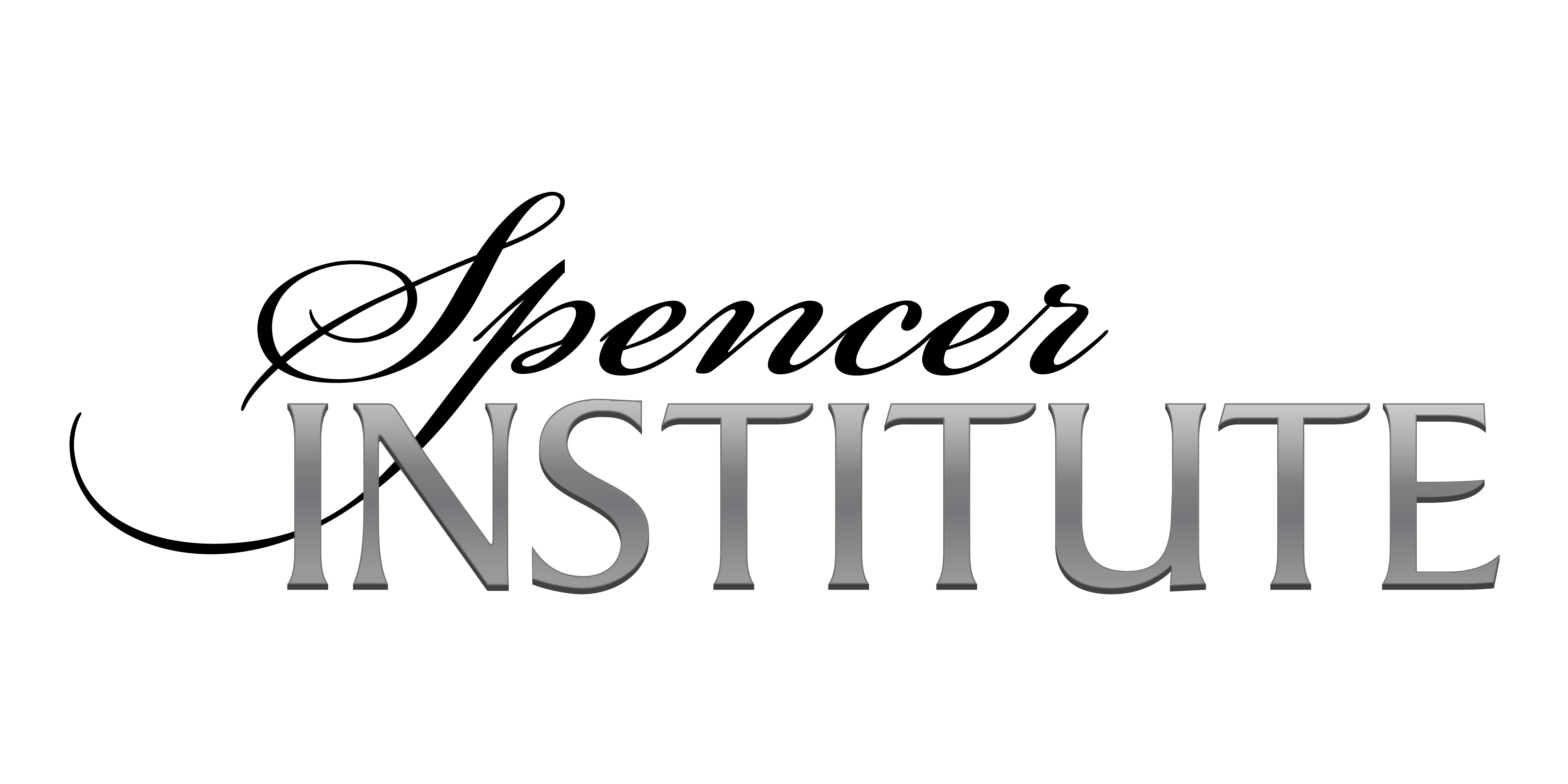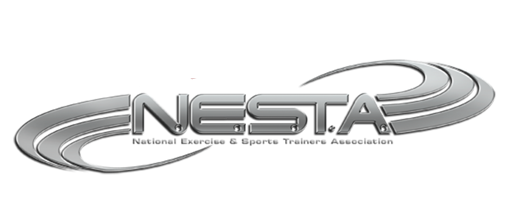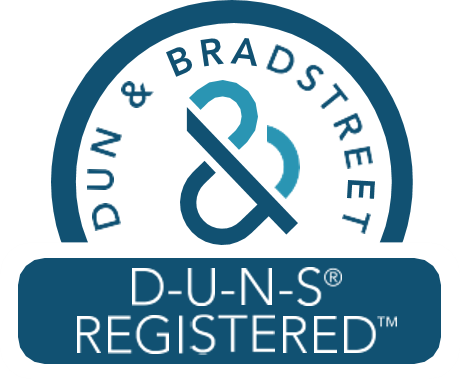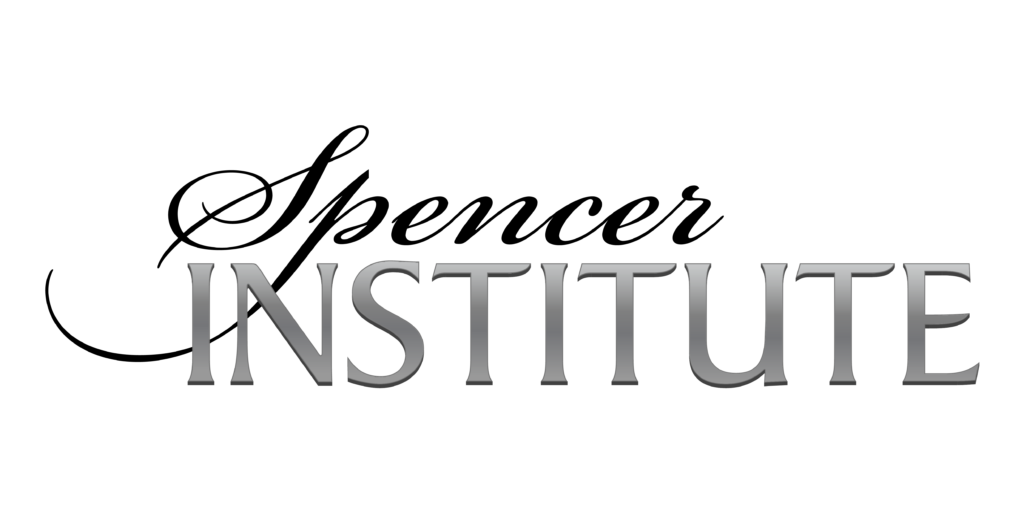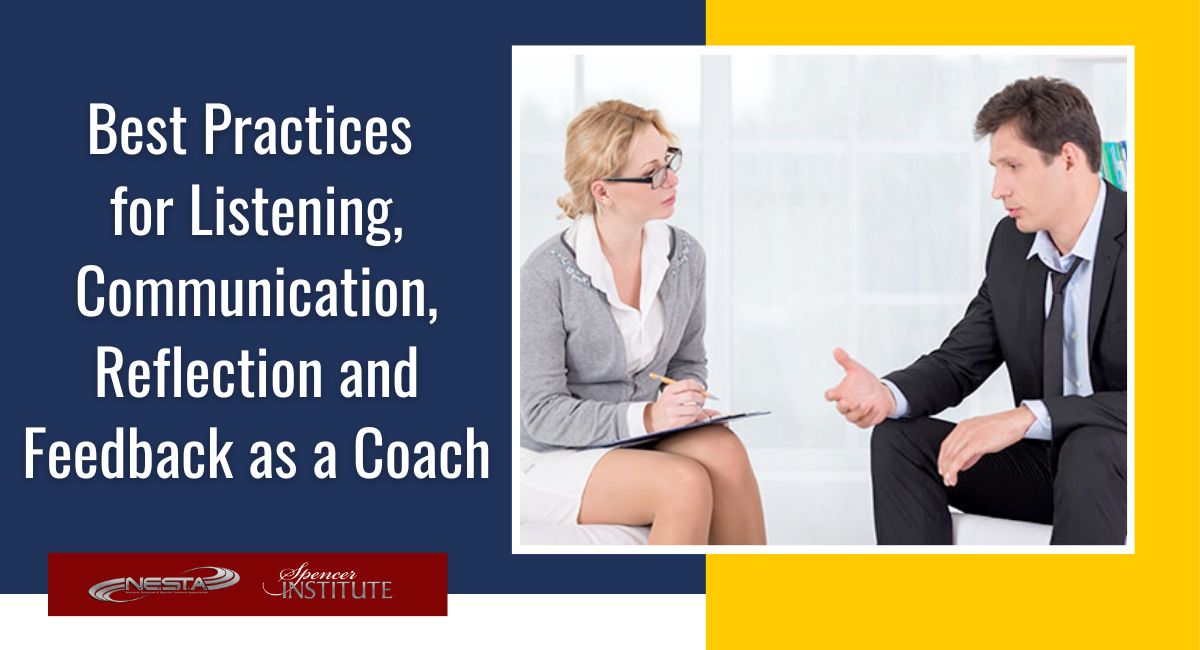
Objectives for this lesson:
- Demonstrate the skills for establishing trust and building rapport within a coaching relationship
- Name and discuss three core coaching skills
- Demonstrate the skills for mindful listening, open- ended inquiry, and reflections
- Identify additional tools for developing the coaching relationship
- Discuss the do’s and don’ts of coaching
- Understand coaching myths
Because listening is a vital part of communication, this part of the lesson will focus on the art of listening. Or, more precisely, active listening (AL). There are some specific skills that we can learn to become better active listeners. There is a way of thinking that accompanies good reflective listening. It includes, of course, interest in what the person (client) has to say, and respect for the person’s inner wisdom. The key element at this point, however, is a hypothesis testing approach to listening – the knowledge that what you think a person means may not be what he or she really means. A good reflective listening response tests a hypothesis. It asks, in a way, “Is this what you mean?” And this is a simple form of reflecting.
Understanding how each hemisphere of the brain operates will optimize your communication skills.
Reflections
We will be learning the art of using reflections to help you with your coaching success. There are several types of reflections.
It should be obvious that reflecting with accuracy shows the client that you’re truly listening and confirms that you have digested the right information. It also allows the person to hear back what he or she has said and to check within him or herself: Is it exactly what he or she meant to say?
Use these listening skills to enhance your coaching reflections skills.
It can vary but at the core of any good coach is an awareness of how one behaves on the inside and how that reflects upon how we appear or how people feel about us. This also influences how we provide reflections to the client. Reflections are HUGE in coaching.
You can reflect by paraphrasing. Simply restate the essence of what you heard in your own words or repeat what you heard using the same words used by your client.
Try summarizing. When you hear a lot of information, you may want to summarize the main message into short and concise sentences. When people have conversations, sometimes information doesn’t emerge in an orderly way. You want to help your client focus on their most important issues.
Use meaningful words when you reflect with your client and repeat these words consistently. “Excellent” or “Oh, that’s so great to hear” are very easy examples. When you repeat meaningful words, you let the other person know that you heard what is really important to them. It enables them to sense that you’re listening and understanding them.
Here’s more detailed information on communication for effective coaching.
We have a lot to put together to be coaches and the details – particularly reflections – are the cornerstones of our work. We want to understand these reflections and be comfortable using them in interactions because of what they tell us and because of what they mean to us.
There are six types of reflections that we are going to learn about later in this program.
- SIMPLE
- DOUBLE-SIDED
- CLARIFYING
- SUMMARIZING
- METAPHOR
- METAVIEW
Providing clients with reflections that are both powerful and meaningful, requires that we listen with great proficiency; we need to get it right. Our reflections summarize and sometimes clarify what our client is telling us. This will tell our client that we have it right; if there are many differences, clarifications will then factor in.
It seems simple…. you probably already know how to summarize and clarify what you are hearing from a client. But this is probably one of the most valuable parts of your interaction. Summarizing and clarifying are considered “doing” skills.
Now we consider how to build out more of our coaching model – and how our model needs to reflect our client’s whole life. Remember, we are not always just dealing with health biometrics or similar limited interests. We are really dealing with the client as whole person.
As we build more of our coaching model and add more dimensions to it, we want coaches to contemplate what reflections they might use with a client and to identify the different types of reflections you are reading. As you experience more client interactions, it will be a given that you will want to be both hearing and using reflections with your client as part of the master coaching process.
Our model also shows that we need to be curious about the entire person when we are coaching. We want to discover more about the client before us – but more specifically – who they are as a whole person. When clients believe that we are interested and curious about them they tend to be better motivated and encouraged to learn from us as their coach. There is some buy-in from the client. This is partly human nature.
The Being and Doing Skills
Before we begin talking more in-depth about our being and doing skills, it’s important to note that there are 18 in total.
Active-listening and reflection mentioned briefly – and they are also categorized as doing skills – whereas curiosity, on the other hand, is a being skill. Being curious in a non-judgmental way is the mark of every successful coach.
Some aspects of curiosity can get tricky when we dive into personal matters, but these are always initiated by the client and they are most effectively handled with good active listening skills that summarize and clarify with a relevant reflection. It’s the perfect way to stay clear of bias – just reflect what you are hearing!
Why the Expert Approach Doesn’t Work
“Getting out of sales and getting into fishing” – Robert Rhodes
Robert Rhodes, a Ph.D. and motivational interviewing (MI) specialist, encourages coaches to “get out of sales and get into fishing.” Instead of trying to sell the benefits of healthy behaviors to weary clients, it may be better to go fishing for our client’s perspectives related to the benefits to being engaged in healthy behaviors. Clients are more likely to be persuaded when hearing their own words when compared to what we say or what they hear from us as the coach. MI eliminates the innate characteristic practiced by humans – that of resisting being changed by others.
We’ve talked about the potential downsides to using an expert model instead of a co-active coaching style with our clients because it is a more collaborative model. And at the risk of seeming like we are minimizing the role of health educators (we are not) we must understand that in many ways health education has been prescriptive, and we’ve been selling health and wellness to our clients by using the expert approach. We even write “exercise prescriptions” if we are working as fitness professionals.
But in light of where we are currently with our health and wellness biometrics (on a global scale, we see that coaching by just Another problem with the expert approach relates to selling sharing or giving someone the health and fitness information, we know doesn’t work.
Another problem with the expert approach relates to selling a client what the coach believes they should view as being important. This will also not work for the client.
So again, it’s a completely different approach. Instead of a pushing our information, agenda, or prescription, we are pulling – or fishing.
We are going to have to fish for information from our client. Whatever we can find out about their life is our first important goal. We want to get at the deeper levels of what we can see. Are they overweight? What do we know about their overall health? Do they perhaps already show us indicators that they DO want to work on a change somewhere in their lives? For this type of client there will be issues, items or concerns ‘on the surface’, that we can plainly see. And we will want to fish for or explore more of these items in greater detail when the client is ready to share this information with us. Never.
What is the undercurrent of what we are seeing? What is under the surface might be what is truly affecting your client. Many people are masters at hiding what’s on the surface and suppressing what is happening with them on very deep levels. This can also be important in terms of coaching strategy, as their personal situations, their perspectives or personality can have profound effects on making a successful behavior change – or not. This has to be noted by the coach. And all of this may be occurring before we really get to know our client.
The Influence of the “Selfs”
Self-esteem, self-confidence, and self-efficacy all play a role in coaching clients. We may encounter clients who lack in any or all the three “self” areas – and it may be something as simple as negative self-talk. Or your client might be someone who feels hopeless and doesn’t feel that they have the ability to be effective at change.
We know that all the things on the surface and under the surface will affect change and this is why we have to fish for hidden information that is not apparent externally. The external elements in our client’s environment – and their resources – are important. In fact, they are just as important as the internal motivators that shape how the client ‘sees things’ from their perspective.
We need to assess if there are any self- esteem, efficacy, or confidence concerns by asking powerful questions and by doing some motivational interviewing with appreciative inquiry.
But we also want to fish for “who they are” and what matters to them. This is because we know that change is a lot more likely when it connects to the heart or core of the client as it is most likely a very personal connection. Remember, change is a lot more successful when it involves a personal connection for your client – when it is something that they recognize as important. It then becomes more than just the information that we share, but how we also go to what is deeper under the surface for that person. Some could also argue that this motivation is due, in part, to a potential health or behavior change having relevance to the client. Ultimately, it has to be important for them.
Be sure to fish for positive feelings (internally motivating) and powerful motivators (external motivators). It is more effective when we can help a client connect and understand their internal and external influences. What does the client value, what is important to them? What are their perceptions? Of course, we also know that these same influences can, in fact, be obstacles or barriers to change efforts down the road. We need to see what, if anything, is working against our client’s efforts to be healthy and well.
There are other benefits to learning more about your client from fishing – you can discover what someone cares about while building trust and respect. Finding out what matters to your client reveals more about their whole person and allows you to see how complex the person is, but also provides the coach with a level of respect for how different each client is behind the external elements we all see.
Empathy
Using empathy, you can be respectful of someone who is negative by realizing just how much they may be struggling to balance the demands of life and work, for example. Coaches can also see this as another way of connecting to the client – by showing that they respect them unconditionally. On top of that, we are looking to help clients through a change effort, which itself can be viewed as negative due to how hard some people view such things. Here are more details about coaching with empathy.
As a form of life-enriching communication, empathy makes the relational field between two people feel both safe and interesting, opening the door to new possibilities and facilitating change. Instead of arguing with clients or fighting fire with fire, empathy helps redirect and thereby defuse even the energy of resistance (for those who are reluctant) in the most constructive of ways.
Even though the client may tend to stay in a negative mindset, coaches must remember how valuable respect is to the coaching dynamic and allow for those deeper connections to be made.
How do we get it? What tool do we use to create this dynamic? We use active listening. And we use those ever-important reflections. One of the best tools to use involves the skill of reflecting back what has been heard. This important skill is one that will serve a coach in any setting. It is one of the ways that we show our client that we are listening.
Active Listening (AL) is voice in your head, usually prone to your prescription. If we are really listening to silencing your own own agenda or having your own someone, we are not necessarily going to get the best results by coming back with “well, okay, you need to….”.
If you are truly listening, you are not thinking ahead to what you are going to say or how you are going to reply. We cannot be listening to someone while pre-forming our responses.
In the dynamics of coaching, you will see this as one of your performance indicators. How well do you listen? Are you able to relax? Are you worried about how the interaction will go or can you listen and let the conversation flow to a point where you are also able to get your client to relax? Ideally, work to get to a point where you both feel more comfortable and at ease with each other. This will be evident if you have been able to speak openly and not worry about what you say – it will reveal your experience level if you are able to practice active listening without having to make an effort to do so. You will be more confident in responding to the client with experience in AL.
“The opposite of talking isn’t listening. The opposite of talking is waiting”
-Fran Lebowitz
Actively and consciously pausing after the client speaks can be hard. Coaches must make a real effort to slow down and pause. It also means to be listening to what is underneath – the emotions, or other things that you are sensing under the surface.
Positive Thinking
A very large portion of what we listen for is positive thinking. As coaches, coming from a background that emphasizes motivational or appreciative inquiry, we want to reflect any time we hear positive thoughts. Sometimes as “oh, you seem really positive about that” can be very encouraging. The coach cannot miss an opportunity to recognize a positive thought or an opportunity to encourage positive thoughts.
If your client expresses something with an ease of delivery, whereby they seem really peaceful about something, stating something such as “You seem really comfortable about all of that.” is another very easy way to provide a reflection. In this way, you may also be able to assess the client’s comfort level with what they are talking to you about as well.
On the opposite side of the continuum of talk from our client, the coach might sense frustration or worry; this type of client can be eased into conversation with a simple question that reflects to the client what you’ve heard. “You seem like you are frustrated about this!” Simple reflections can be very effective. Sometimes, coaches will also hear ambivalence because some clients will seem to be neither here nor there. Using a statement such as “It sounds like you haven’t really made up your mind about this yet? What does that mean?” Is an appropriate way to handle ambivalence. Likewise, this should reflect to the client.
When you think about listening, and you think about consciously pausing and being relaxed, how do you rate your skills? How well do you listen? Go beyond your coaching consults – how well do you listen in your personal relationships or with your co-workers?
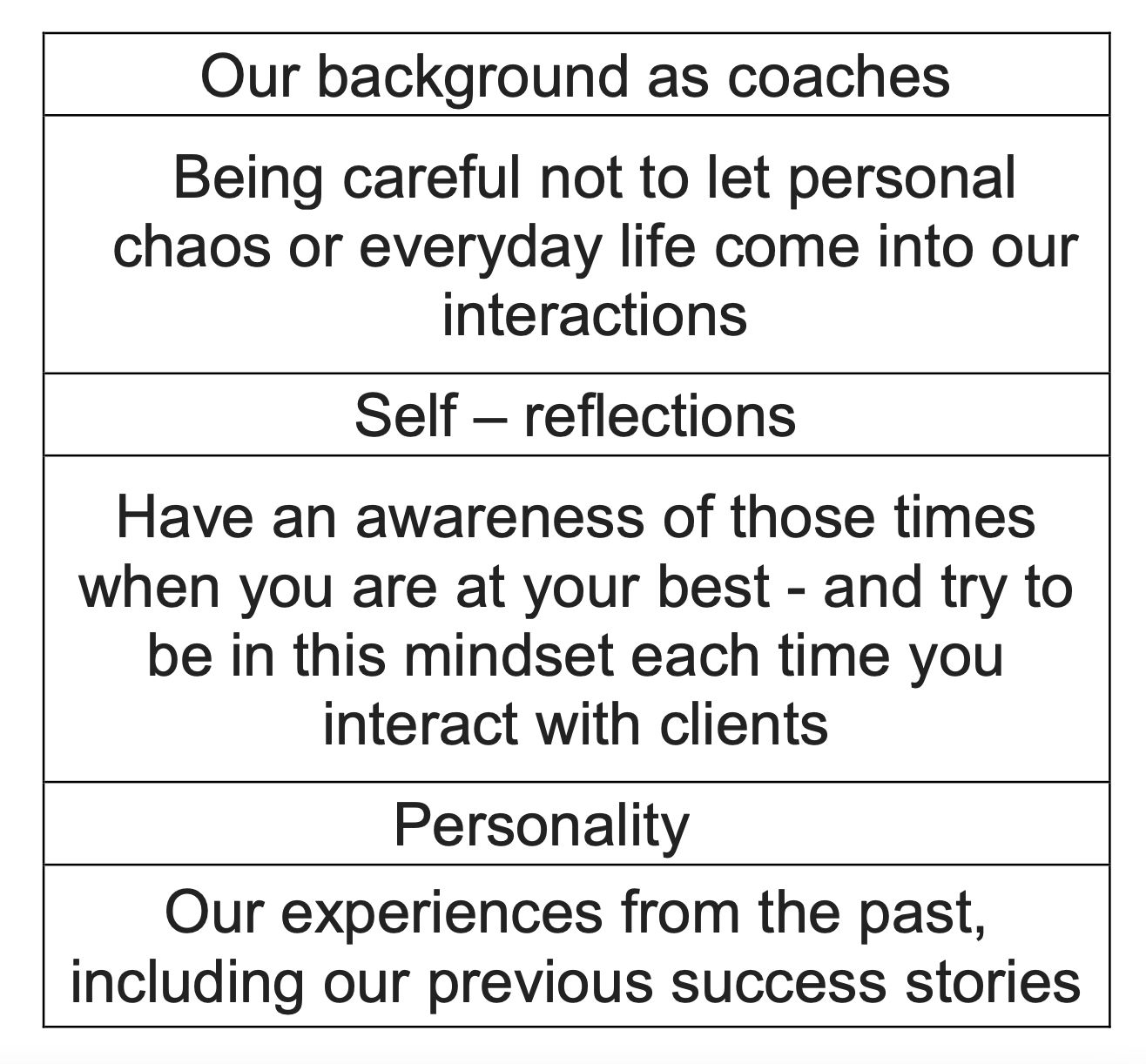
Most coaches possess the skills used in listening or more precisely, active listening, inherently. If not, we may be the type of coach that leans more toward the expert approach or prescriptive methods.
Like empathy and mindfulness, what helps us to be better listeners? What are the conditions that make us a better listener?
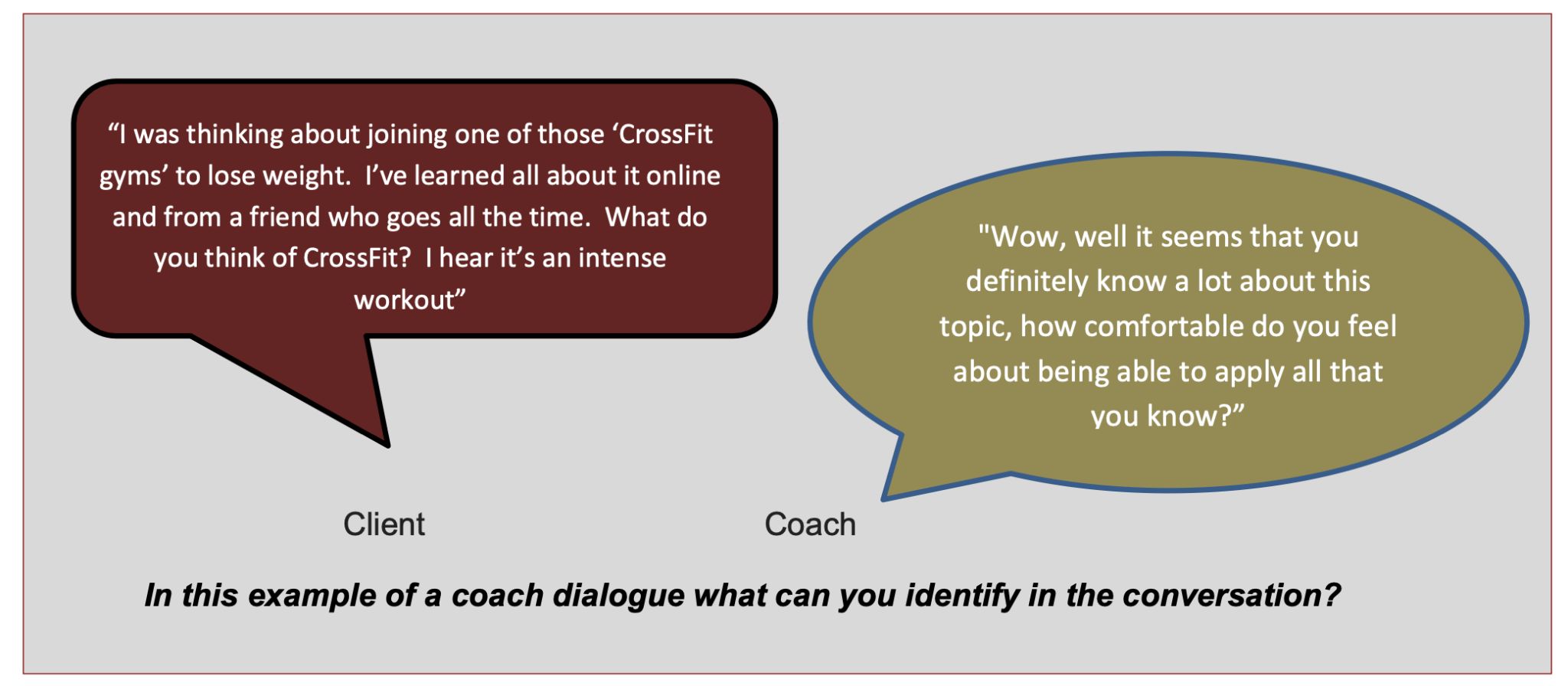
Are you struggling with active listening? This can happen to any coach. It might be a problem client or those with challenges that seem insurmountable – to them. Or, how about those clients who drain us emotionally?
Therefore we don’t take responsibility for our client’s change efforts. If we were to do so, we’d have a heavy burden to carry, trying to be the champion for all our clients and their behavior change efforts!
Some of the most difficult struggles in coaching aren’t solely an active listening issue – these include the frustration we experience with non-compliant clients, or when we have a client who seems to ‘know it all’ or has misinformation. And then there are those time when the coach may not be physically well. We can’t be perfect, and our client would not expect us to be either.
In this dialogue sample, the coach finds that the client is ‘playing the expert’. One great strategy for handling where the conversation goes from here is to ask the client a question that could be taken in several different ways. The coach may be suggesting here that the client use their knowledge for their own change effort, but it is also a way to build rapport, keep a conversation going with open-ended questions, assess state of readiness and to be curious.
On occasion, you will encounter the client who seems to already know it all and can even come across as playing your role for you. What is our role when clients profess to know more about a particular subject than us? It is not our job to analyze or fix clients like this, and we would refer this client out if they need medical expertise – or a similar type of referral – but you can do your part as the coach by confirming that you have heard the client, that you understand their concerns. You can certainly yield to and acknowledge them wanting to be the expert.
Using reflection comes into play here, again. Try reflecting the emotions that you are hearing, using your empathy skills. It is also important to realize that a good coach might turn this into a “curiosity point” by asking or saying, “I’m curious to know how comfortable you are feeling that you use all of this information to your advantage?”
The last example is one that only an experienced coach should attempt. In the example provided, there is an implied sense that the coach can plainly see that the client may NOT be applying what they are professing to be an expert about, and we want to tap into that intuitive sense of being curious about what is obvious already – because we might be incorrect in our assessment at this time. In these situations, it may be ideal to use an icebreaker. This should always be done in a respectful manner and can involve the use of reflection to broach to topic of interest.
In the example that follows, the coach is talking to a client who has failed to hit her weight lost goal for the week, during the time in between sessions:
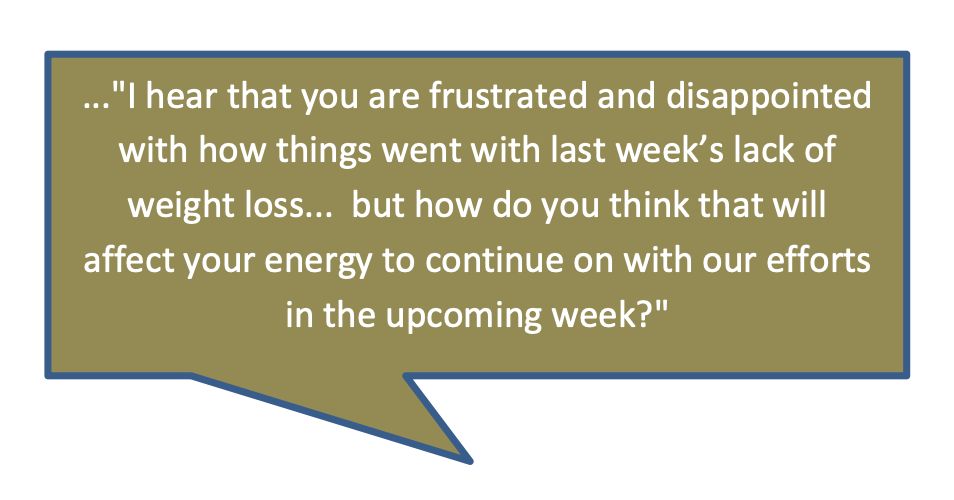
In this scenario, the coach is hearing disappointment and frustration and then begins tapping into her intuition by being curious. The coach intuitively feels that the client will be drained of energy by the failure of last week, and that they may give up. The coach is intuitively thinking that the client may not do well in the next week if she is showing signs of being negatively affected by a lack of results, regardless of the reason.
This is an example of AL that is loaded with everything … a reflection, empathy and then curiosity followed by the coach coming back to the client with an inquiry. This is an excellent coaching approach.
More on Curiosity
We can get a lot more information from people when we are curious with them. The client begins to feel that what they are saying really matters and that even though it may be something small, it is important. When clients feel that they are heard, they also feel noticed and cared-for (or about). Everyone wants to feel that they are heard.
Ask yourself. How many people really listen to me? If we’re being honest, we might say that one or two people really listen to us (usually from within our family dynamics). How do you feel when you are with that person who listens? As coaches, we feel better when we give the gift of listening. When we ask a client to “tell me more about” – the client can then feel that you are genuinely interested in them. While this is obviously a great feeling, think about how the opposite is true. If a client feels that you did not listen, there will be other consequences – and these can become far-reaching problems. Rapport can break down; the client’s perspectives about you can be jeopardized, as well as other key coaching dynamics failing as a result.
When talking with your client, look at their posture. This could be a sign of their level of interest or how well they are listening. Your own body language is just as important. Smiling, having good posture and presenting yourself more positively will be more inviting to a client and they may be more prone to be open with you. Watch for external or environmental distractors, being mindful of how breaking eye contact can influence conversational flow.
At times, coaches can be too curious. Asking too many questions or seeming to badger a client are two such examples. The coach’s tone is also important. Being careful of how we speak two clients means that we have to find a balance between leading and pulling someone into the direction of where they want to go with their change efforts relative to your coaching behaviors.
A coach might try using leading questions to coach a client though stress if, for example, it is related to time management. If you think about it, sometimes it is not that we need to find more time, but we might want or need to find out what is draining our client’s energy. While fishing, we may find that the “time” problem happens to go away as our client tells us more about their time and energy deficits. Maybe they are being drained by excessive emails, overbearing co-workers or demanding children. This will all come out with good leading questions. To be efficient we might have to ask some ‘leading questions’. Using leading questions can help us pinpoint specifics to be able to help the client.
To ask leading questions during communications with a client, we have to be very clear and concise with both our intentions, our actions and our words. For example, let’s say that you have a client before you who smokes. They may not be ready to change this habit yet, but they do want to start trying to lose weight. Our leading questions must not put the client on guard for defensive comments about the smoking habit; the only issue allowed on the table currently would be their weight loss goals.
It’s a mistake to think that the client is unaware – in fact, if you have been an effective coach, they are becoming more aware of many things during your coaching relationship and in this example, they most likely already know you want them to quit smoking – but they aren’t talking with you about that currently. If you pose a question in the wrong tone, make unnecessary comments, show poor body language or if you chose the wrong wording, the client could easily misread your intent.
This is where it can get tricky, as people can feel threatened or too exposed, so we must use our intuition and our connection with the client to make sure that we’re not overstepping boundaries during our interactions with them. Intuition or curiosity and inquiring – all of this is, essentially, listening for shifts in energy. If a person suddenly sounds hesitant or seem to be excited about something, listen for it and explore it further. Listen for shifts in energy because they are clues. An experienced coach will follow up on this intuition! The client may come off as more excited and confident.
If you have shown judgment in past consults with this client, there is a potential for the client to trend toward negative dialogue by stating “Oh, I know what you are thinking… if I stopped smoking, I’ll be healthier and able to do something about my weight”. This would be counterproductive for the conversation to get to this point. So your actions and behaviors (your BEING and DOING) skills are once again revealed to be really important strengths for the coach to have. This is even more pronounced and important in the earlier stages of coaching.
The coach will follow up on positive expressions when they are apparent and confident. I am wondering if enrolling in that spin class has helped you feel more confident”. In summary, it’s about using our intuition and then inquiring about it.
This further allows you to use your intuition to see if what is being shared and to determine if it is something that you need to dig in deeper at.
Some easy examples of this are to clarify or reflect by saying:
“I’m getting this picture; may I share it?”
About leading questions and curiosity – be careful not to try to lead the client to a place that YOU want them to go – let them go where THEY decide. This means that again, we have to be curious, and to use some intuition. with you?”
“I’m hearing something in your words, can I check it out with you?”
“Here’s something that I was thinking… how would this fit with you?”
How much do you mirror your intuition back to your client? Essentially, we need the then we can use our intuition to reflect it back with an inquiry.
Reflections~
We now turn our focus to the six kinds of reflections.
Simple Reflection.
This is simply restating what the client has said.
Client: “Losing weight is hard for me but I really want to do it;
Coach: “It sounds like you want to do the hard work.”
Client: “I can’t stand working for my boss”.
Coach: “Oh, it sounds like you don’t like working for your boss at all…. ”
Now, think about HOW things are being said.
“Losing weight is hard for me, but I really want to do it.”
versus:
“I really want to lose weight, but it’s so hard for me.”
There are some significant differences in what’s being said. The client states that it’s hard to make this change but they are positive about doing it – whereas in the second statement, there is a decidedly greater focus on the negative aspect of changing a behavior.
Now, with all comments and options considered, the coach can reflect this back, but in a different manner (now they have another tool to use). The coach might say “So, you really want to lose weight, but you know it will be hard work.” Simply restating what the client has shared is one consideration for us here, but what about how the coach reflects? This is part strategy and part conversational flow. It is also an opportunity for the coach to focus less on the negative attributes of this conversation and to highlight possibilities that are more positive for the client to hear.
Let’s think more about what these two sample statements. The same difference. In the first example, the person is is heard in words are used, but the meanings are saying that they want to do it – the obstacle had been what we call a qualifier, but the client is now showing that this has been handled and that they’ve decided; they are ready to do it. In the second statement, the client is leaning more toward the negative words as the qualifier is identified as the word “but.” This person may be more focused on the negative aspects of the topic and may not be ready to go further with a change effort.
Furthermore, it is also important to rely on your coaching intuition to determine where to go next with this client in terms of your dialogue.
Double-sided reflections – this type of coach reflection relies on reflecting a contradictory element that is contained in what you are hearing or what is stated.
An example of the coach’s language while using a double-sided reflection would be, “I see what you’re saying. On the one hand, you want to lose weight and on the other hand, you are concerned for how hard it will be.” You are simply summarizing back what has been heard.
Clarifying – It is important to confirm to your clients that you are hearing things properly. “Do I understand you correctly?” or, “Do I have that right?” Try to find different ways of delivering your clarifications to the client. Avoid using the same statements repeatedly, as the client will then start to predict your next comments.
Another example: “Okay, this is what I am hearing so far. You know that you want to lose weight, but you know that the exercise part is going to be hard for you.” In this way, the coach is using a different set of words to still elicit a response and get clarification from the client. The coach has also used another reflection – a summary.
You may have caught that this reflection is both a summary and a clarification. If there are clarifications needed between a coach and a client, getting them handled will make everything seem easier to move forward.
Summary – a summary reflection attempts to take all parts of a client conversation and puts them together, summing up the elements in a statement or interaction with a client. This one is easy – you’re just repeating a mental list of your client’s thoughts. If you’ve been listening well, this would not create any unusual challenge for the coach and this type of reflection should be direct and straight-forward in nature and tone when delivered.
“So, you’re ready to lose weight, you’re aware of the challenges, and you believe getting regular exercise will be the hardest part for you”
This summarizes several points of a client discussion.
METAPHOR: A metaphor reflection is one where a coach uses imagery to convey a message.
“I’m getting a picture of something that I’d like to share with you. What I’m seeing is that it’s like you’re standing at the edge of a rocky cliff and if you’re feeling like you can’t control your stability while you work toward successfully hitting your goal, how hard might you fall?”
This is an example of the coach using a metaphor.
Metaview – A reflection that pulls everything together and then provides perspective. An example using the same jagged cliff would be “I’m wondering – if you could have an aerial view of everything, does this challenge seem any different than the one you faced before when you quit smoking?”
When coaches use reflections, they are exploring possibilities of change efforts and also summarizing with perspective.
Contained within this perspective is your summary of what you reflect, to clarify, build rapport, trust and to also get your clients motives and goals. It is a lot to consider during these times of active listening.
As a reflection, the metaview (the big picture type), involves eliciting a positioning statement (“Where are you in the stage of this change?”) and will also include the client’s vision. The metaview considers how the comments coming from the client relate to their overall desired outcome or vision.
Another great way to use the metaview as a reflection is to encourage “pulling back and looking at everything from a bird’s eye perspective”. Doing so will allow the client to see all that is before them in a way that is unique to them in addition to their personal perspectives – and again, not any of those coming from the coach. This is especially useful when the client is leaning toward negative thinking. The coach can summarize positive changes, and this may help some clients stay on track with change efforts.
Some reflection examples – also known as listening dialogues.
“In the past, you found that losing weight was like a roller coaster ride.”
This is a metaphoric reflection – as the coach is completing the roller coaster with body weight.
“Let’s see; you want to lose 10 pounds.”
This is a summary reflection but could also be considered or used as a clarification.
“When you look at the big picture, you’re thinking that it might be better.”
This is a metaview reflection.
“You really want to lose weight….”
In this simple reflection, the coach restates with the client has said. It cannot get any more basic than this in terms of reflection.
“Do I have this right? You’re thinking that this will change how you plan your day?”
This type of reflections six to clarify with the client has shared. It is a clarification reflection and gives the client an opportunity to clear up any miss information.
This is a double-sided reflection. It is the same way of saying “on the one hand, but on the other hand”
Reflections are important. It’s important to be more aware of reflections in general, but even more so of those you typically do not use as you are working as a coach.
Mastering all the reflection types will take a fair amount of practice. Remember not to use the same words all the time; this will help you gain more experience and will result in more natural conversational (and relational) flow with your client.
At times, our clients throw us off track when they engage in various forms of negative talk. When coaches find themselves stuck in these conversations and you are unsure of what to say, it is okay! You can simply repeat back exactly what was said or by using a simple reflection.
“Oh, you really want to lose weight, but you’re right, it can be difficult”.
“It sounds like you really don’t care much for your boss.”
Coaching Interactions – Getting it right!
Now that we’re building the skill of reflecting into our coaching model, it’s time to consider the next important aspect and that is – at what point do you know that you are coaching in the right way? How do you know that you are guiding your client in the right manner?
What is the pace of your conversation? In the ideal co-active relationship, the coach is always speaking slowly, and the client is doing more of the coaching (by taking charge of their change efforts) than you.
Or your client may be actively talking about or considering a behavior change – this indicates that the client is ready to change.
Coaches must listen carefully and direct the conversation appropriately – and we do this with our intuition and while using inquiry (being curious). At advanced levels of proficiency in coaching, a Certified Master Health and Wellness Coach will also direct a client’s focus to a specific topic by using a reflection. It may go something like: “this is what I am hearing, is that correct for you?” Think of all the reflections present in that comment to the client? How many can you identify?
The client is actively asking for information or advice – this shows that you have established open and trusted rapport with the client. The coach has set up an environment for the client to be comfortable and this is a coaching milestone that should not be undervalued.
You can also feel confident that you are on the right track when the client is doing all the work; with proper leadership and coaching, the client demonstrates that they have enough knowledge about their situation to compel them toward changing a behavior and we don’t have to sell the client on behavior changes. We don’t need to say things like “Oh, come on, you KNOW that if you don’t quit smoking, you will take at least 10 years off of your life”. Yes, the client most likely already knows this – but we want THEM to say such things; no need to use the expert approach here, since the client does not need to be sold on changing a behavior.

Warning Signs in Coaching
There are some warning signs for coaches to be aware of and to avoid, such as adding in your own personal perspective. This can prevent good listening. As an example, you never want to go into a coaching interaction or relationship with a mindset of “this person ought to change….”, or “what is wrong with them, they ought to be different than this”, or “I know that they want to, so how come they haven’t?”
Or, even if the client is NOT thinking of any obvious items that the coach observes, they may be managing other things in their life, and it may not be a good time for them – maybe they cannot commit to making major changes at this time in their lives. Something else may have their focus and it doesn’t necessarily imply that the client is ignoring their health or in denial. They are just prioritizing matters in their own way.
Another red flag for coaches is thinking that health is a prime motivating factor. It may often be, but it’s not always. An example would be a client who wants to quit smoking – but not because it would help him personally – but instead, his family’s financial health. The client may want to save a few hundred dollars on smoking each month but not have any ties to his health. So, health is not always the prime motivator for change. Or, your client may already exercise plenty but has needs in other part of their “whole” self.
Coaching “myths” – the dos and don’ts of coaching
There is a tendency to believe that if the client is not successful with their change efforts, then the coach has not been effective. But this is not necessarily a failure by either party; it is also not something that should weigh heavily on the coach. This sort of burden is a negative side effect of coaching when it is not properly applied. If all coaching tenets are followed and we do not breach professional lines with our clients, it is easier to maintain client behaviors as an independent factor. We do not take responsibility for our clients change results.
Coaches should also recognize that not every client is equally motivated to change. It is not black or white. It is not a now or never situation with any client. Change occurs on their timeline only.
Some coaches have come up against difficulty when having to change how they have been trained, using an approach that has promoted a tough approach with clients as the best way to coach them. It is wrong to buy into this mindset because it won’t work for everyone. At times, you will have a client who responds to the “tough approach”, but generally, people are going to change on their own terms, not ours.
A coach should also be careful about the “now is the time for change” thinking. Remember, clients determine what change efforts they want to work on and the timing of the change in their own way. We don’t micromanage this process for them. We just summarize and motivate or recommend – but only when asked. Instead, coaches assign time as a factor with clients in terms of how ready they are. And this is rarely a “right now” situation for every person Turning the expert approach around is also interesting to consider. As we know, it is also wrong to think that the coach is the expert but for another reason – we would not want clients to say, “Well, I did everything you asked, and I’m still not where I should be. What happened?” In this way, the client came to see us as “the expert” and not the coach for change. This is a flaw in the coaching service.
Think of the metaview for this entire lesson: the coach knows that they are on the right path when they can visualize holding up a canvas and the client is filling it with paint. Sometimes in places that are picked by you, some are filled with paint by spaces that are picked by the client.
Another warning sign for coaches: know limits to prevent questions from becoming an interview or interrogation, of sorts.
If you find you are in a difficult conversation, simple reflections can help ease both parties through tough interactions.
Summary
We are continuing the build of our coaching model. As we learn more about coaching, we can also see some other ways that we can help our client. So, the definition of wellness coaching might change a little as we learn new tools to help our client’s wellness vision – including the many parts of our “whole” client. Wellness coaching is also multi-dimensional in this way. One’s coach’s view of wellness will be different than the next.
Another reason why we are going back to the summary of wellness is because it is the second part of our coaching model, whereby we are looking at our clients WHOLE LIFE. We are now specifically coaching to foster self-awareness, and we use reflections and curiosity to help the client look at their whole life.
Stay mindful of the following:
- Be aware of your skills when listening
- Silence your agenda
- Avoid pushing someone into action
- Listen for client emotions
- Use intuition and reflections
- Be calm in your pace
All coaches should, at the very least, know is to use reflections. Don’t be concerned with being wrong; if you misunderstand how to describe active listening and how to use curiosity, intuition, and simple reflections. When we use these simple tools, our client feels that they’ve been heard.
Try it – the next time you work with a client, try each reflection three times. The goal is to increase your awareness and to become proficient at tapping into your intuitions. The most useful way to do this is to use reflections. Don’t be concerned with being wrong; if you misunderstand something, it is likely that the client will correct you. It is okay to be wrong in this way; the client will pull you back into alignment. This is one reason why encouraging “give and take” in coaching consults or conversations serves both the coach and client similarly.
Are you ready to begin or expand your coaching career? Start here to explore your educational options.

